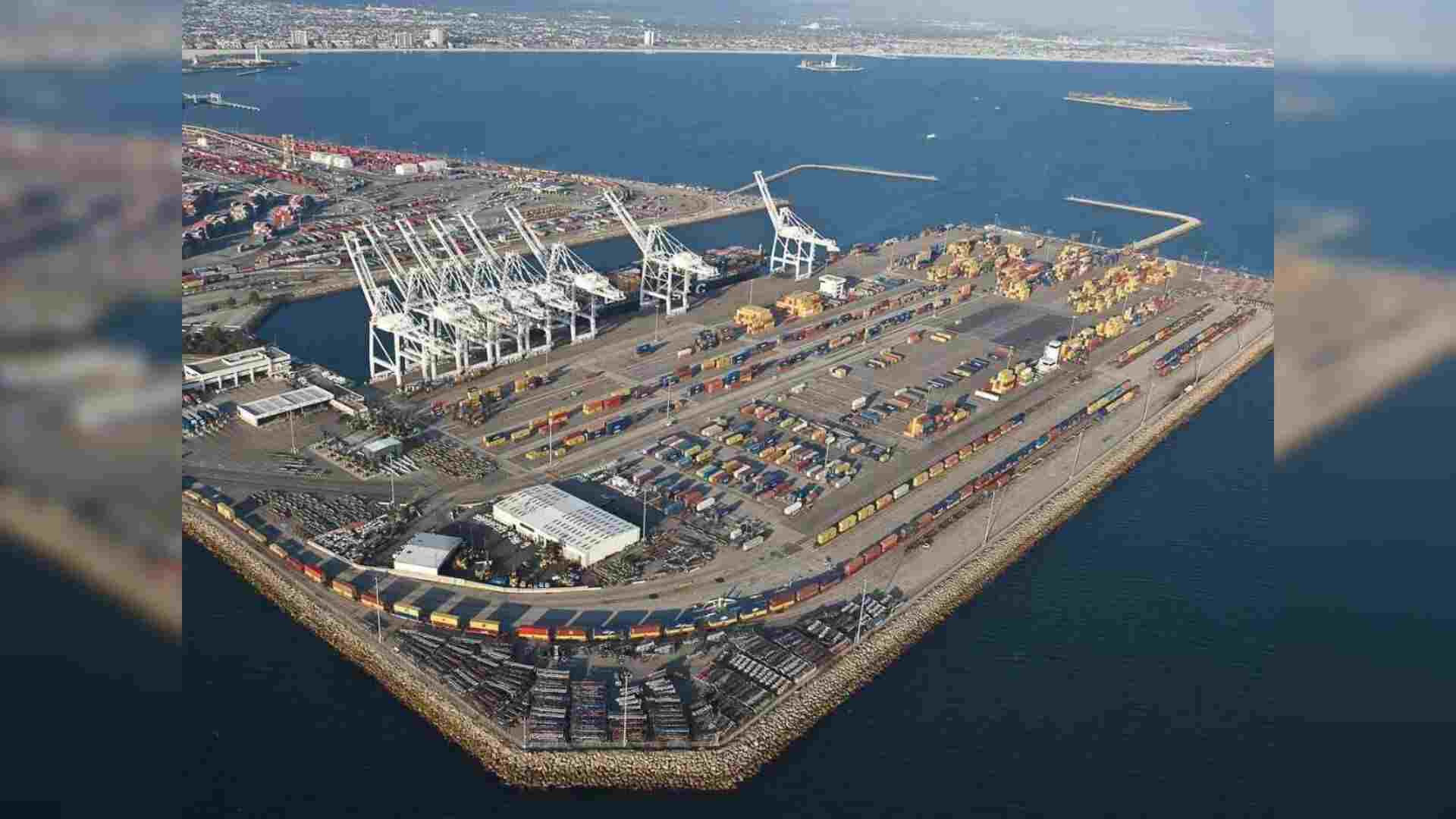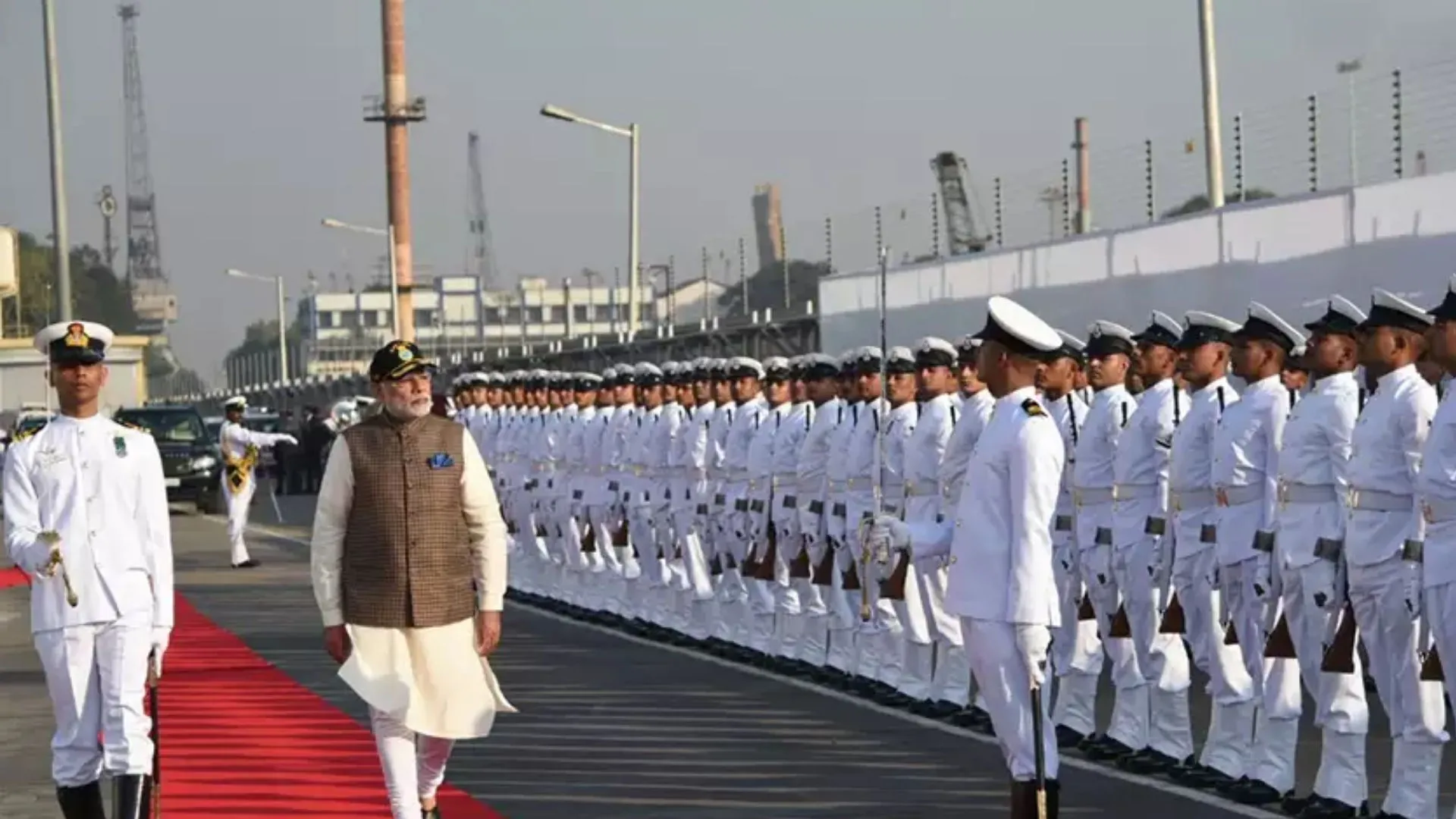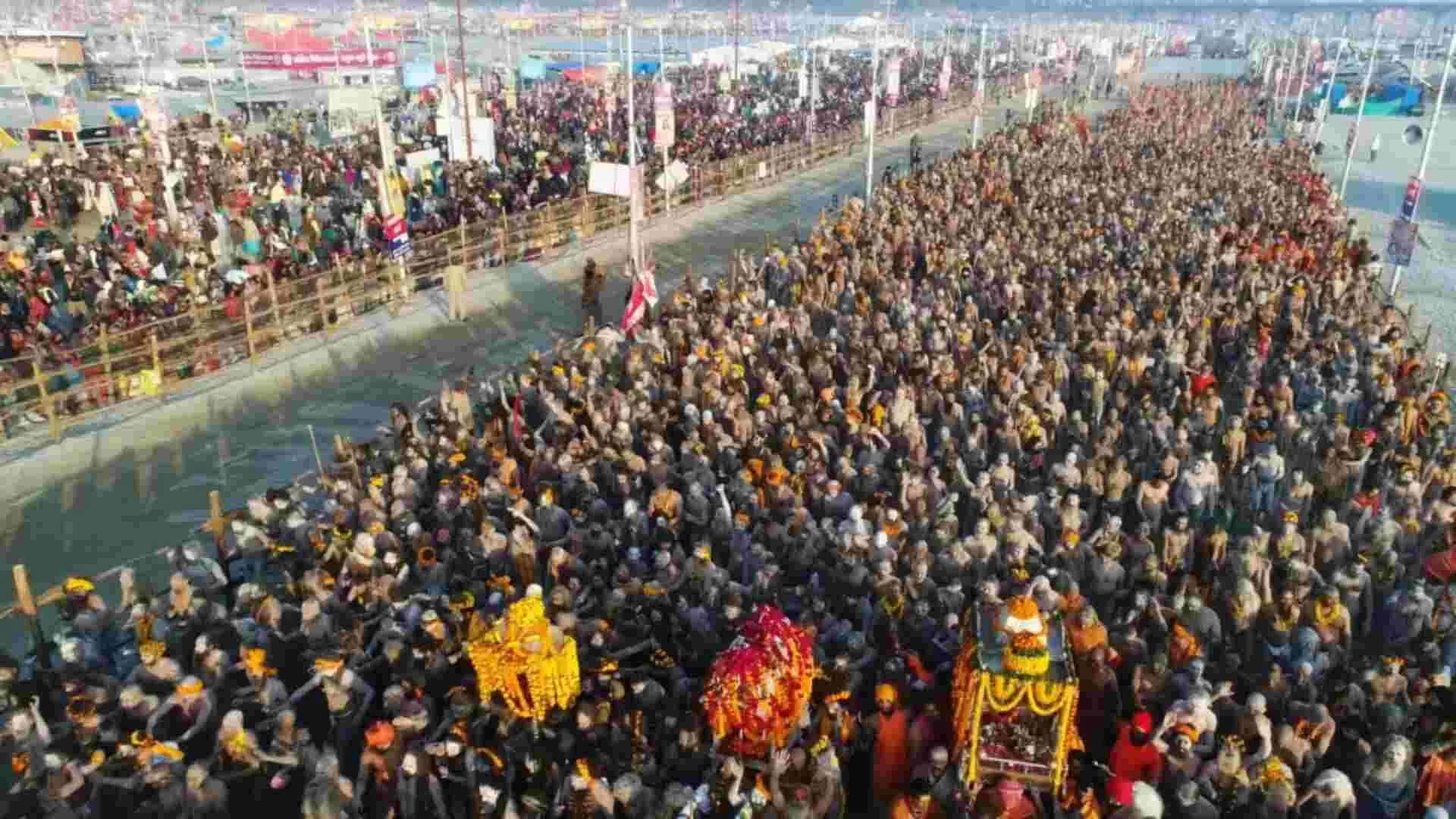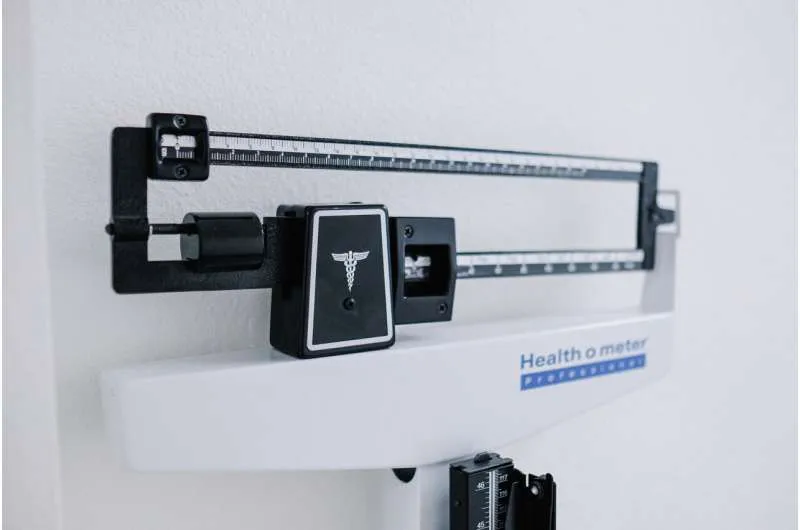India is committed to strengthening its maritime presence and improving trade connectivity by exploring opportunities to develop ports in strategically important locations, according to Sarbananda Sonowal, Union Minister of Ports, Shipping and Waterways. The country plans to emulate the successful model of Iran’s Chabahar port, initially proposed during former Prime Minister Atal Bihari Vajpayee’s tenure, and apply similar principles to other ports in the region.
The government’s strategy focuses on identifying ports with economic potential and investing in their infrastructure modernization. Sonowal stated, “India aims to replicate the Chabahar model in other strategic locations by adhering to similar principles such as identifying ports in regions that offer economic advantages, investing in the modernisation and development of port infrastructure,” in an interview with ET’s Twesh Mishra.
The Chabahar port project is seen as India’s strategic counter to China’s Gwadar port in Pakistan, part of the Belt and Road Initiative (BRI). A recent 10-year agreement between India and Iran allows India to procure, install, and operate key equipment at Chabahar, marking it as the first overseas port managed by India.
Sonowal highlighted the commercial and strategic importance of this long-term contract, noting that Chabahar offers a more direct and efficient route to Central Asia, reducing transportation time and costs. The port is anticipated to enhance trade between India and Central and West Asian countries, serving as a gateway for Indian goods and promoting economic integration by opening new markets, especially in landlocked regions.
Under Prime Minister Narendra Modi, the government has prioritized infrastructure development, leading to significant sector transformation, according to Sonowal. India is currently implementing the Sagarmala port upgrade plan, worth Rs 5.8 lakh crore, aimed at modernizing ports, improving connectivity, and developing inland waterways. This initiative includes 839 projects, with 262 completed, 217 ongoing, and 360 in the development phase.
“Our ports have seen huge improvement in capacity, operation and efficiency during the last 10 years,” Sonowal remarked.
He acknowledged that regional tensions could impact Chabahar port’s operations but mentioned that measures can be taken to mitigate risks, such as enhancing port security and collaborating with regional partners to ensure safe and secure operations.
India will continue to engage diplomatically with regional stakeholders to manage tensions and promote stability. “We will be implementing comprehensive risk management strategies to anticipate and mitigate potential disruptions,” Sonowal said.
He added that Chabahar would complement the India-Middle East-Europe Economic Corridor (IMEC) proposed by New Delhi at the G20 summit last year, offering alternative routes to stakeholders instead of the conventional Suez Canal course.
Chabahar port’s strategic location reduces dependence on traditional transit points, and “by leveraging the infrastructure and logistical capabilities of Chabahar port, India can efficiently facilitate the flow of goods and materials, contributing to the success and viability of the IMEC project,” Sonowal explained.
Regarding the Sittwe port in Myanmar, Sonowal mentioned that significant progress had been made in developing its facilities, with the Ministry of External Affairs (MEA) approving a proposal by India Ports Global Ltd (IPGL) to take over operations at the Bay of Bengal port in April. He added, “Sittwe port is operational, with successful trial runs completed, handling cargo and verifying logistical capabilities. Significant progress has been made in developing port facilities, warehouses, and improving connectivity to the hinterland.”























